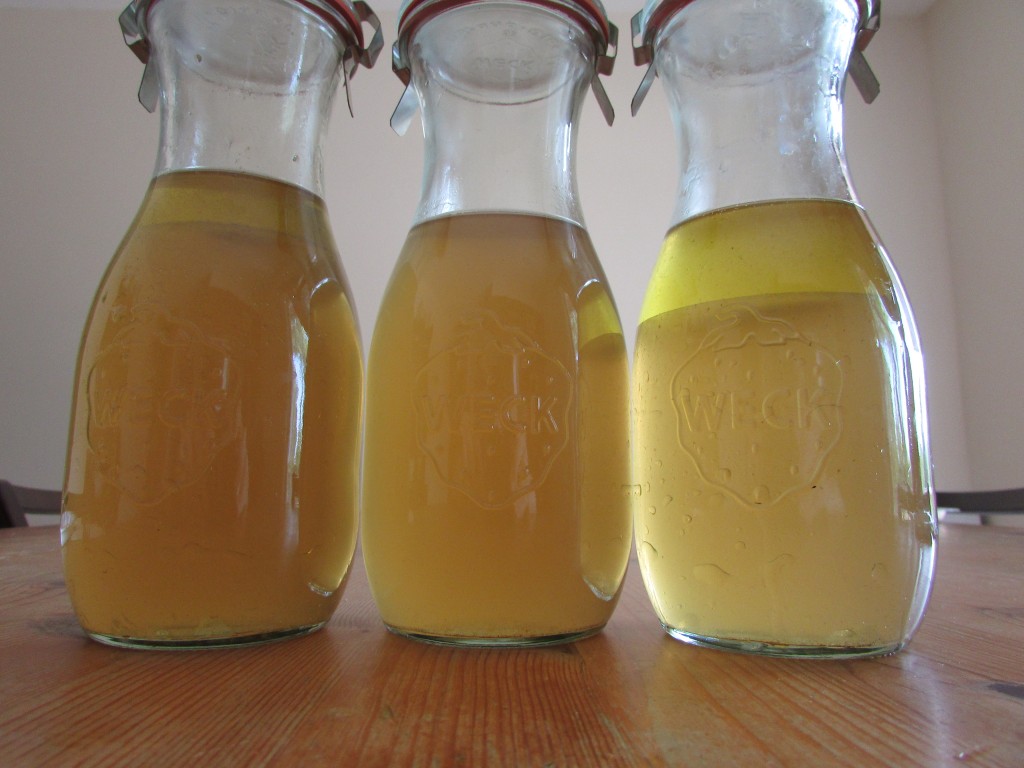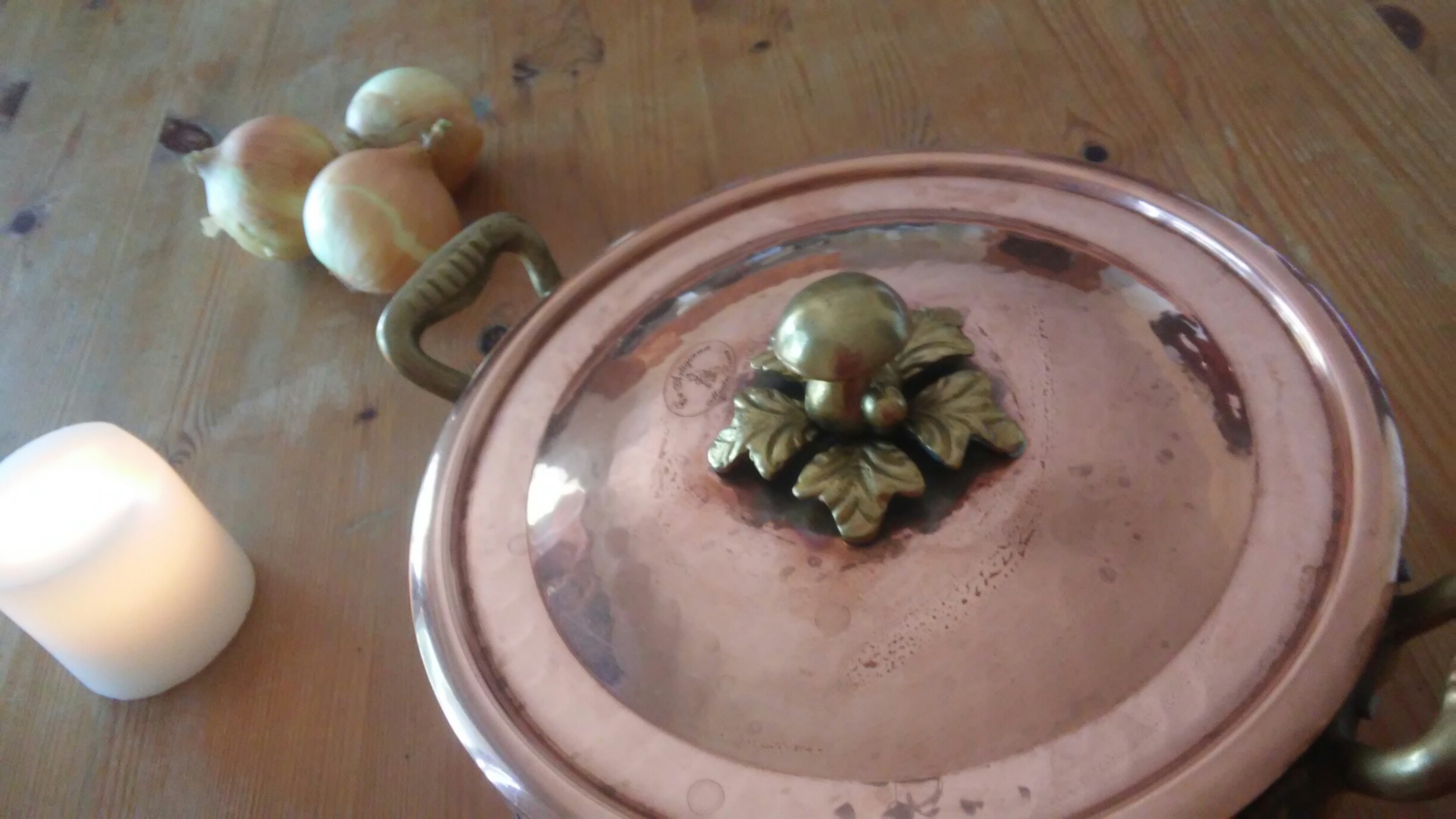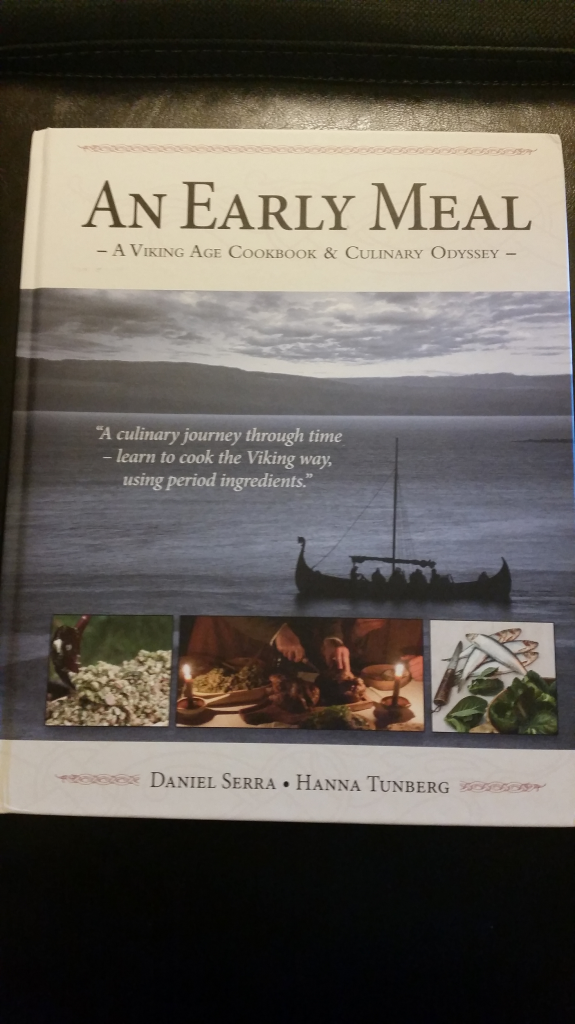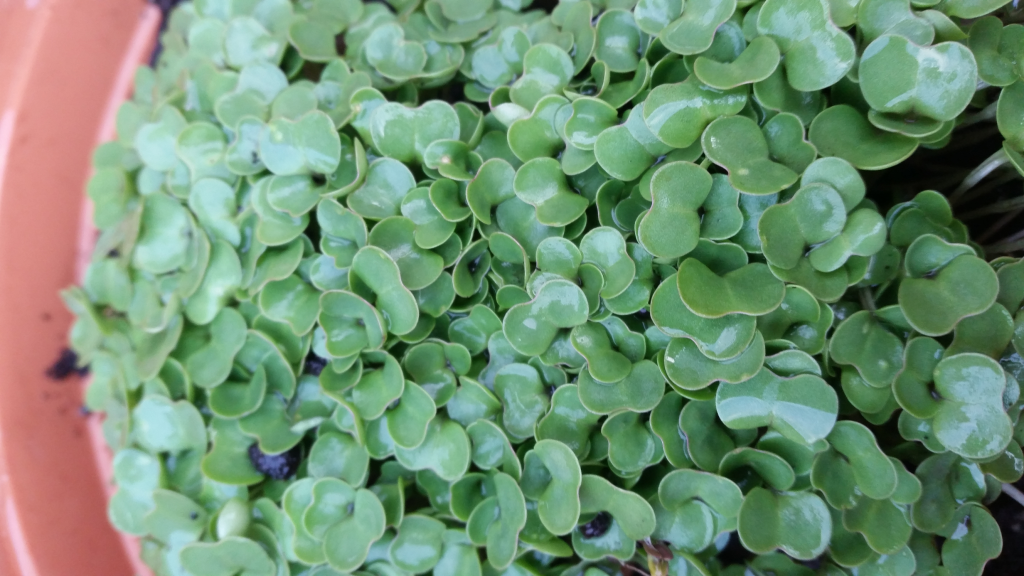Ever since I took a trip to Sweden in 1999, Vikings have fascinated me. The first romance novel I wrote was Norse Jewel, a Viking romance. But, the Norse hammers in my head needed balance. So, I wrote Georgian romance set squarely in mid-1700s.
Lately, the scales tipped back to hot Viking tales again. That’s what brought me to one of my favorite research finds, An Early Meal.
The Sagas are full of food and feasting, but this takes you on a gastronomical archaeological journey to seven Scandic sites. The result? Tasty, modern recipes with historical mileage.
Hold on! There’s more to this adventure than a book report on “What did Vikings eat?”
I decided to not only write more Viking romances but to eat like Vikings too, which gave birth to my “Eat Like a Viking” blog posts. That means I’ll cook and eat Viking recipes recreated in the book pictured above.
As if that wasn’t enough, I wanted a Viking farmer experience, so I started a small garden. [side note: I grow organic tulips but am ambivalent about my fruit and veggie grower skills]. While researching what Vikings ate, I was astonished by how great they were about eating their greens.
#1 Eat Your Veggies
Turns out mom was right. Eat your veggies and you’ll grow up to be big and strong. As in Vikings ate kale. Lots of it. The decision to grow kale was a no-brainer when recipe after recipe featured kale.
And wouldn’t you know it, the first of plants to bud: kale.

From the seasonal eating trend to the current craze for bone broth, the old way of doing things stands the test of time.







What a fun way to make books come to life! Good luck on the garden, Gina.
What fun. Early and primitive peoples tended to eat better diets than many modern people. Our overly processed foods with preservatives, too much salt and sugar, and bad fats are not good for our bodies.
The hard life early people lived required good food to help them stay healthy and strong. I didn’t realize kale was a Viking food. It will be interesting to see what other surprises you will have for us.
We have our own organic garden and enjoy what we get form it. I have made butter. It is pretty easy, but needs a bit more “processing” than most people realize,to get the moisture out.
Thanks for an interesting post. Be sure to share with us some of the recipes you find.
Thanks for sharing your insights, Patricia. You’re way ahead of me on the organic gardening. My mom has an organic garden CSA and the effort it takes to grow healthy food amazes me. LOL! It’s much easier to grab an item from your grocery aisle. I’m discovering the excess salt and sugar as I dive into these Viking foods. Next up is bone broth and the interesting history there.
Looking forward to seeing you here and have a great summer!
~Gina
What fun. This is going to be exciting. Thanks for sharing and caring. I’m in. : )
I’m glad you stopped by the blog to check out the beginning of ‘How to Eat Like a Viking.’
~Gina